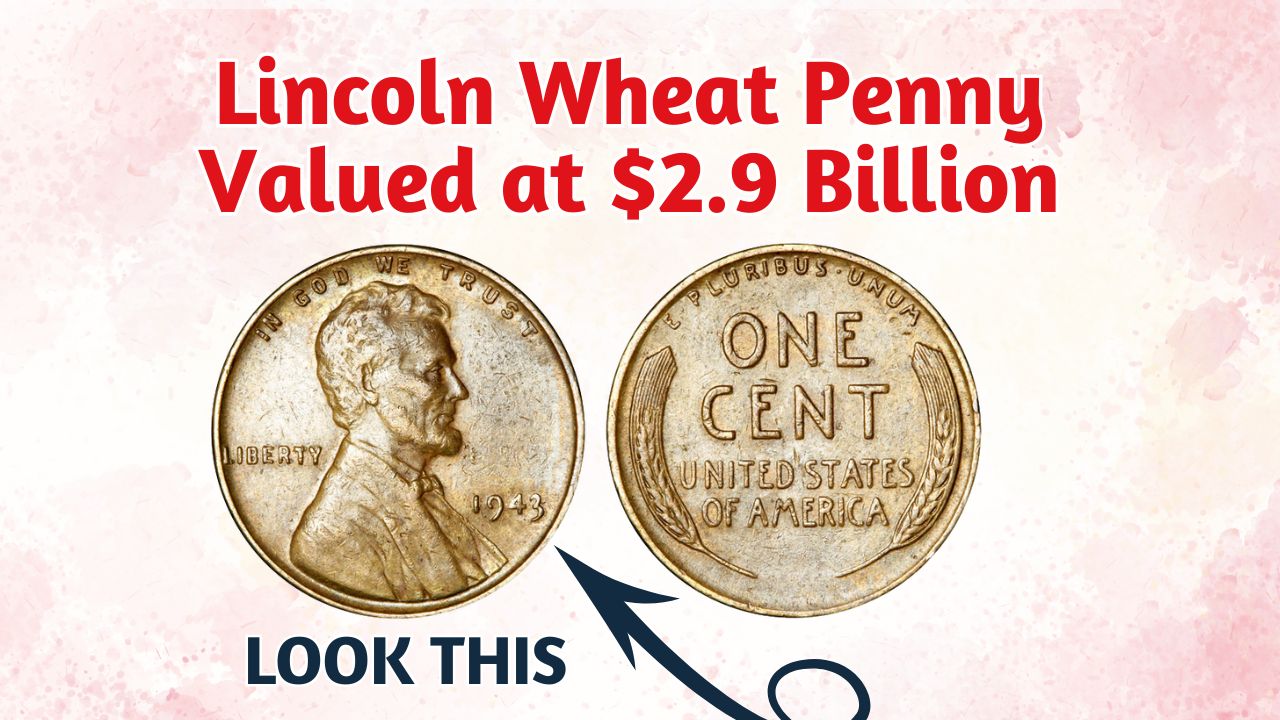In the clutch of 1909’s mint-born metallurgy, the United States took a brazen departure from its own numismatic routine. A century’s nod to Abraham Lincoln’s earthly origin sparked the conjuration of a coin unlike its forerunners—not adorned with allegorical muses or faceless emblems, but with the venerable visage of a man.
Sculpted by Victor David Brenner with poise and almost reverence, the Lincoln Wheat Penny bore not only his silhouette but twin stalks of wheat arching on its hind—a botanical homage to the agrarian backbone of an evolving republic.
Wartime Metamorphosis
Come 1943, the drumbeat of World War II struck so deeply into domestic affairs that even the penny wasn’t spared. Copper, suddenly as strategic as gunpowder, was diverted to armament factories. In its stead, zinc-coated steel slivers took the penny’s shape.
Yet, amid this metallurgic migration, a handful of copper blanks from the prior year slipped stealthily into the presses. Their unintended birth minted a rarity so whisper-thin in number, it danced into legend. The 1943 copper penny—a bastard child of chance—emerged as the holy grail of U.S. coinage.
A Billion-Dollar Allegory
Now whispers trail a singular Lincoln Wheat Penny, purportedly assessed at a jaw-wrenching $2.9 billion. Is it real? No verifiable exchange has ever echoed that sum, but in the feverish world of speculative valuation, belief often trumps evidence. This lofty figure isn’t about tangible worth—it’s mythos spun from the loom of scarcity, historical collision, and our collective hunger to find treasure where none was thought to remain.
Sales of authenticated 1943 copper pennies have indeed scaled into the millions. Their value vaults from a trinity of traits: rareness, the ghostly shadow of wartime exigency, and the untouched condition of a coin that perhaps passed through no hands at all.
Identifying the Phantom Penny
Should fate place a 1943 penny in your palm, be not too quick to dismiss its origin. The ordinary wartime variants bear a steely shimmer and cling to magnets like loyal sentinels. The copper ones do not. Their reddish-brown hues whisper of older times. But color deceives and fakes abound—only weight, X-ray fluorescence, and professional scrutiny can peel the truth from deception. So before dreams of fortune swell, seek a numismatist’s eye.
Rarities Beyond the Spotlight
Yet 1943 isn’t the lone torchbearer. Other iterations haunt collectors’ lists. The 1909-S VDB—the penny born with a monogram too brash for its era—fetches high esteem. Likewise, the elusive 1914-D clutches value in its scarcity. These aren’t coins; they are compact chapters of American unrest, transition, and oversight.
Echoes in the Modern Pocket
Despite the arcane values, these treasures haven’t all retreated to velvet-lined vaults. From coin rolls in dusty drawers to change found in a rainy-day jar, discoveries still erupt like fossils from asphalt. The average soul, with a sharp eye and a touch of serendipity, might yet uncover fortune masquerading as pocket change. The magnetism of the improbable—that’s the currency that keeps us searching.
Beyond the Shine
What the Lincoln Wheat Penny offers isn’t merely a passage to wealth—it’s a tactile tether to epochs past. They carry echoes of war factories, sculptor’s studios, political symbolism, and flukes that solidified legend. As decades unfurl, these coins will not just survive—they will ascend, evolving from metal disks into totems of a country’s memory.
FAQs
Is there really a Lincoln Wheat Penny worth $2.9 billion?
No Lincoln Wheat Penny has officially sold for $2.9 billion. This valuation is speculative and serves more as a symbol of rarity and collector fascination.
How can I identify a rare 1943 copper penny?
Genuine 1943 copper pennies appear reddish-brown and do not stick to a magnet. Expert authentication is necessary to confirm their authenticity.
What makes the 1909-S VDB penny valuable?
Its low mintage and the inclusion of designer Victor D. Brenner’s initials—quickly removed due to controversy—make it highly sought-after.
Can I still find valuable pennies in circulation?
Yes, although rare, valuable Lincoln Wheat Pennies have occasionally been found in rolls, jars, and inherited collections.
Why do collectors pay so much for rare pennies?
Extreme rarity, historical significance, minting errors, and pristine condition drive high demand and pricing among collectors.













I have quarter coin if you are interested
Have also the bicentinial coin
Yes , my name is Edwin i have half dollar 1983.and lincolin one penny .i dont know where i am gonna sell the coins ,because they are American coins as i i am south african citizen , that s the the promblem that we are facing in most of cases.
I have alot of wheat penis and other coins just need someone to guide me in thr right direction